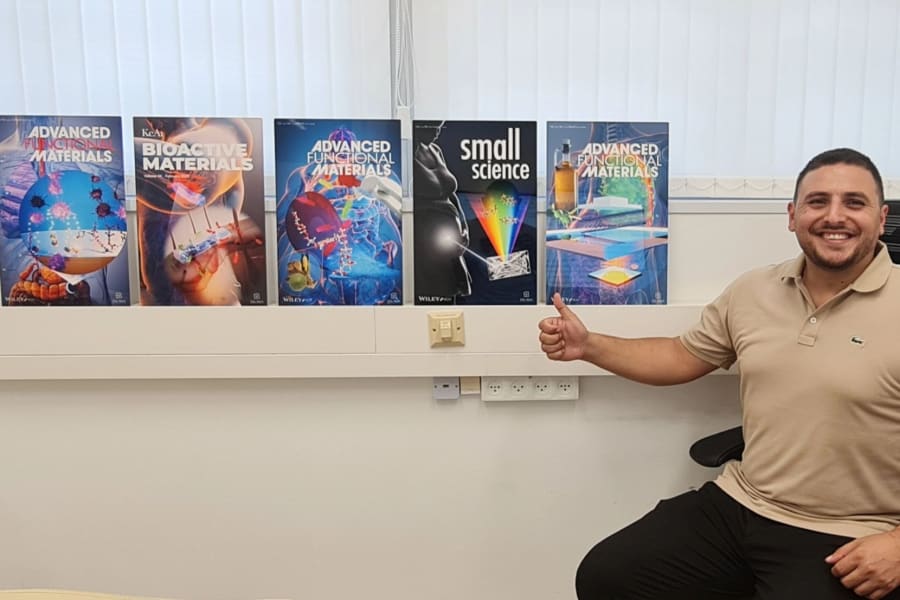Groundbreaking 'biological glue' invented by Israeli scientists could replace need for stitches in surgery, saving millions of lives

A team of Israeli scientists is behind a groundbreaking invention that could change everything about the way surgery is performed and could potentially save millions of lives.
The team, led by Dr. Shady Farah, head of the Laboratory for Advanced Functional Medical Polymers and Smart Drug Delivery Technologies at the Technion’s Faculty of Chemical Engineering, developed a biological adhesive that bonds tissues within seconds and safely biodegrades inside the body.
Until now, surgeons have had no other choice than using stitches and metal staples to stop bleeding, both of which are invasive and can lead to infections. “About 11 out of every 100 people who undergo medical procedures develop infections at the incision site,” according to Farah. “That’s almost 30 million people every year, and at least four million die from bleeding, infections or complications related to those surgeries within 30 days.”
The inspiration for the new Israeli invention came from mollusks, such as snails, slugs and mussels, Farah told Ynet News.
“How do these creatures manage to adhere to smooth, wet surfaces? We wanted to learn from their chemistry and integrate it into our material,” Farah said, adding that his team adopted the same chemistry found in mollusks to develop a polymer-based hydrogel capable of mimicking human tissue and adhering rapidly and effectively to different types of tissue.
“One of the main problems with existing biological glues is their inability to bond in wet environments, in addition to poor biocompatibility and imprecise manufacturing,” Farah continued. “Most chemical adhesion relies on hydrogen bonds between the material and the tissue, but in the presence of excess water or blood, it’s very difficult to achieve stable adhesion because the water competes for the same bonds. By learning from nature’s chemistry, we managed to overcome this challenge.”
The new “biological glue” can be 3D printed and customized to the user, hardening rapidly under ultraviolet light, Farah said.
“Our goal was to create a smart material that can also be 3D-printed with high resolution and customized to the user. It also has shape-memory properties. We can fix it in one form, and once it’s inside the body, it transforms into another predesigned shape in response to a physiological trigger. This enables a less invasive, less traumatic surgical process," he explained.
Farah continued by saying that it forms into a hydrogel "within five to ten seconds of UV exposure."
The fact that the solution forms into a hydrogel so quickly allows for high-resolution printing, fast production and precise control over shape. "These are smart adhesives — less invasive, less traumatic to the wound area and suitable for stopping bleeding," he added.
In addition, the adhesive actively battles potential infections.
“It destroys bacterial cell walls, causing them to die quickly and preventing the formation of pathogenic biofilms,” he said. “This helps prevent potential postoperative complications.”
The material has already passed the necessary laboratory tests and analyses.
“Our next step is to test it in large-animal models that more closely resemble human physiology,” Farah said. “This is the stage before clinical trials. Our plan is to begin large-animal testing within the coming year and then move on to human trials.”
The new material does not only have life-saving potential, but even potential cosmetic uses.
“The goal is to help wounds close with less trauma and less damage to surrounding tissue,” Farah emphasized. “That means fewer scars and better aesthetic results.”

The All Israel News Staff is a team of journalists in Israel.
You might also like to read this:

















